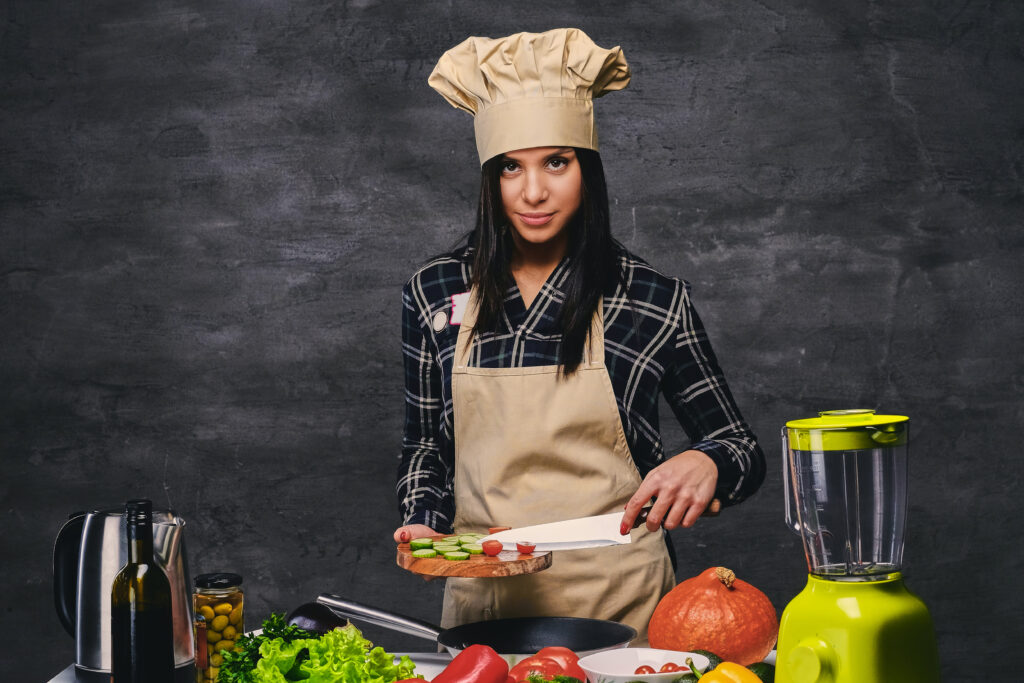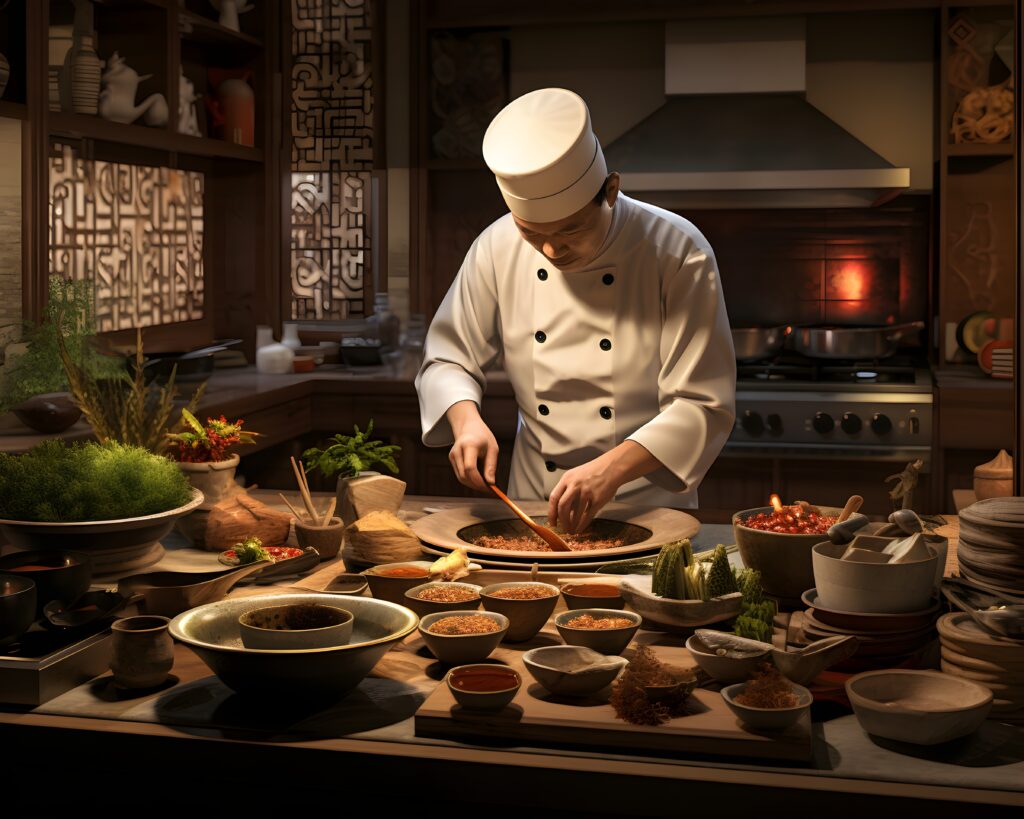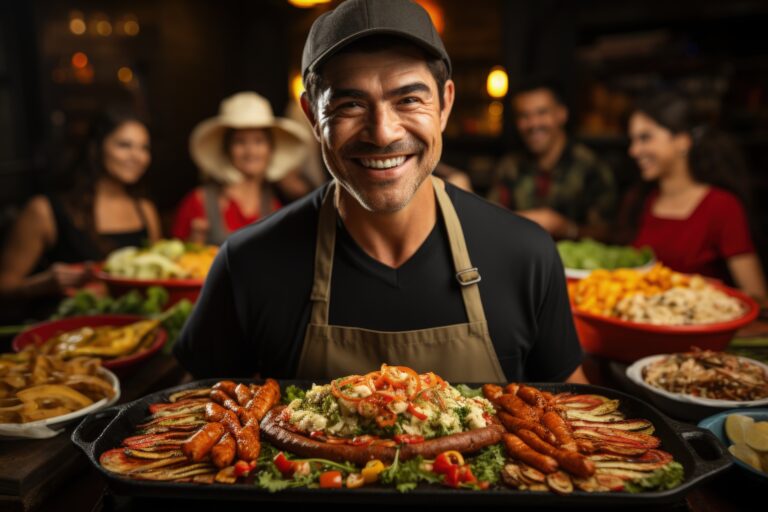Introduction
Culinary artistry is extra than simply the act of preparing meals; it is a harmonious mixture of cooking strategies, creativity, and aesthetic presentation. Often visible as a craft, culinary artistry is an artwork shape that involves transforming simple elements into safe to eat masterpieces. From taste and texture to presentation and aroma, the world of culinary art engages all the senses, making it a vital component of cultures and traditions worldwide.
In this article, we can discover the idea of culinary artistry, its significance, the abilties required, and how it continues to adapt in cutting-edge times. Whether you’re an aspiring chef, a meals fanatic, or a person who appreciates the splendor of meals, this deep dive into culinary artistry will encourage and enlighten.
Table of Contents
The Evolution of Culinary Artistry
Culinary artistry has historic roots, evolving over centuries as distinct cultures and civilizations fashioned its course. What started as fundamental cooking for survival transformed into an complex and celebrated artwork form. In historical Rome and Greece, banquets have been no longer pretty much gratifying hunger—they were complicated presentations of wealth and culinary talent. Similarly, within the royal courts of medieval Europe, chefs had been employed to create extravagant meals that verified creativity and expertise.
Today, culinary artistry is encouraged with the aid of global flavors, present day era, and progressive strategies. The blending of subculture with modernity has caused new meals movements inclusive of molecular gastronomy, farm-to-table dining, and fusion delicacies. Chefs around the sector are now not just cooks; they may be artists, storytellers, and creators.
The Components of Culinary Artistry
At the middle of culinary artistry lies numerous key components that make a dish greater than simply food. These additives work collectively to elevate cooking into an artwork form.
1. Flavor Profiling
Taste is the inspiration of any dish. Culinary artistry includes balancing one-of-a-kind flavors—candy, salty, bitter, sour, and umami—to create dishes which are harmonious yet complicated. The skill of a true culinary artist lies in understanding how substances have interaction with each other and the way they may be combined to raise the overall flavor. Mastery of flavor profiling is essential for creating specific and remarkable dishes.
2. Presentation and Plating
As the announcing goes, “We devour with our eyes first.” Presentation is a critical element of culinary artistry. A nicely-provided dish can evoke an emotional reaction even before the first bite. From the selection of plateware to the association of components, every detail subjects. Chefs often use colours, shapes, and textures to create visible appeal. The plating approach provides some other layer of creativity to the dish, turning meals into a visual masterpiece.
3. Creativity and Innovation
Culinary artists are constantly pushing obstacles through experimenting with new elements, techniques, and ideas. This creativity consequences in innovative dishes that marvel and pleasure diners. Whether it is deconstructing a traditional recipe or combining surprising flavors, innovation is on the heart of culinary artistry. Modern cooks use strategies like sous-vide cooking, foams, and liquid nitrogen to create modern-day dishes that mission the norm.
4. Cultural Influence and Storytelling
Every dish tells a tale. Culinary artistry is deeply rooted in cultural traditions, and cooks regularly use their creations to convey a narrative or pay homage to their background. Whether it’s a dish stimulated via a own family recipe or a fusion of awesome culinary traditions, food serves as a medium for storytelling. This cultural connection complements the that means and depth of the culinary revel in, making it greater than just about taste.

Essential Skills for Mastering Culinary Artistry
To end up a true culinary artist, certain abilities are crucial. While creativity and passion are crucial, technical expertise and an understanding of the science behind cooking play a essential function in elevating a chef’s work.
1. Knife Skills and Precision
Mastery of knife competencies is fundamental to culinary artistry. Precision in slicing, dicing, and cutting no longer handiest ensures uniformity inside the dish but also impacts cooking instances and textures. Chefs spend years honing their knife techniques to obtain finesse of their craft.
2. Knowledge of Cooking Techniques
Culinary artistry requires a deep knowledge of various cooking methods—baking, grilling, sautéing, steaming, braising, and more. Each method brings out one-of-a-kind traits in substances, and understanding which approach to apply is vital to reaching the preferred result. An achieved chef ought to be flexible of their cooking strategies to deliver their innovative visions to lifestyles.
3. Palate Development
A delicate palate is vital for culinary artistry. Chefs ought to be able to distinguish between diffused flavor notes and feature an intuitive feel of how to balance flavors in a dish. Developing a sturdy palate lets in a culinary artist to perfect seasoning, alter flavors, and create nicely-rounded dishes.
4. Time Management and Organization
In a fast-paced kitchen environment, time control is essential. Culinary artists have to juggle more than one duties simultaneously at the same time as making sure that every detail of the dish is accomplished perfectly. Organization in the kitchen leads to efficiency, precision, and ultimately, fulfillment.
Culinary Artistry in Modern Cuisine
The current culinary landscape is dynamic, with cooks usually innovating and reimagining traditional dishes. Some of the cutting-edge trends in culinary artistry replicate how the artwork of cooking is evolving within the twenty first century.
1. Molecular Gastronomy
One of the most exciting trends in culinary artistry is molecular gastronomy. This scientific method to cooking allows chefs to control the physical and chemical properties of components to create avant-garde dishes. Techniques inclusive of spherification, emulsification, and foams are used to transform the texture and presentation of meals. Molecular gastronomy demanding situations conventional cooking strategies and introduces diners to new sensory reviews.
2. Farm-to-Table Movement
In current years, there was a good sized shift closer to sustainable and domestically sourced elements. The farm-to-table motion emphasizes the use of clean, seasonal, and natural produce. Culinary artists are focusing on the exceptional and provenance of their substances, permitting the natural flavors to polish thru. This motion not best helps nearby farmers but also celebrates the beauty of simplicity in cooking.
3. Fusion Cuisine
Fusion delicacies represents the blending of diverse culinary traditions, strategies, and ingredients from one-of-a-kind cultures. Culinary artistry plays a key role in fusion cuisine, as chefs experiment with flavors and methods from numerous international cuisines to create modern dishes. The end result is a completely unique and exciting dining enjoy that gives a taste of a couple of cultures on one plate.

The Future of Culinary Artistry
As the culinary global keeps to evolve, so does the artwork of cooking. Culinary artistry is not confined to expert kitchens; domestic chefs, meals bloggers, and social media influencers are all contributing to its development. Platforms like Instagram and YouTube allow culinary artists to exhibit their creations to a worldwide target audience, making meals more on hand and galvanizing others to explore their creative capability within the kitchen.
Moreover, as era advances, we’re probably to peer even extra groundbreaking improvements in culinary artistry. The integration of synthetic intelligence, 3-d food printing, and digital dining stories will push the boundaries of what is viable in the culinary global.
Also read: Discovering Talent: The Arcyart Artists Directory
Conclusion
Culinary artistry is a party of creativity, talent, and passion. It transforms cooking into an expressive artwork form that brings human beings together via shared experiences. Whether it’s thru progressive techniques, cultural storytelling, or breathtaking presentation, culinary artists keep to form the future of food. As the arena of delicacies evolves, one issue stays constant—culinary artistry will continually be on the heart of great eating stories.
Embrace the artistry on your kitchen, and let your culinary creations be a canvas in your imagination.

